Preparing for Spring Planting: Tips for Ordering and Organizing Seeds and Seedlings
You know the saying, “The early bird gets the worm.” Regardless of their actual dietary preferences, the villains of the world know to strike early.
And like a keen-eyed owl, avid gardeners flock to rare or heirloom varieties of seeds. By the time spring rolls around, prized seeds are out of stock. As gardening becomes more popular, niche seeds have become increasingly difficult to find.
However, if you’re just looking to grow tomatoes or peppers, then you should rarely encounter any problems. Most bigger companies keep in stock their most popular seed varieties. Sadly, the same enthusiasm towards seeds is not applied to seed storage.
Seed storage is usually not the priority for many gardeners, who probably just have a large plastic bag filled with jumbled seed pouches. While this may offer easy access to your seed packets, this is not a very organized or efficient approach. Though it may be too late to purchase a sought-after seed variety, it’s never too late to start organizing your seed packets.
Start ordering seeds
Believe it or not, many gardeners start ordering their seeds in the cold of winter. Browsing through seed catalogs in the cold January – a month characterized by black skies and howling winds – is a good way to keep yourself occupied. But for the frugal gardener, summer is when many seed packets go on sale.
Seed enthusiasts, affectionately called seed hoarders, tend to amass a large collection of seeds. The hobby may be mostly harmless, but there’s always the threat of expiration, which may affect germination rates. However, as long as you store your seeds in a cool, dark space, they will stand by their expiration period of several years.
Consider seed type
An important decision to make is the type of seed you’ll be growing. Mass-produced varieties available on the marketplace are primarily hybrids cultivated for large-scale operations and reliability.
Heirlooms, by contrast, are open-pollinated seeds that often feature intriguing shapes or colors. While heirlooms hold inherent appeal, they are often not poised to withstand temperamental weather conditions. For this reason, hybrids may be more suited for beginners.
Organize your seeds
There are many different ways to organize your seeds – pick one that resonates with you. Some gardeners may wish to consider the type of plant (herbs, flowers, vegetables) while others prefer to sort them by planting seasons.
Consider:
- Expiration date
- Alphabetical order
- Plant type
- Planting season
- Seed type (organic, heirloom, open-pollinated)
Store your seeds
An ingenious way that most gardeners swear by is storing their seeds in a transparent photo storage box. The sealed, airtight conditions of the box allow your seeds to remain viable for years to come, and the individual cases are perfect for labeling.
Other ideas for seed storage:
- Binders
- Pill boxes
- Mason jars
- Ziploc bags
- Shoe boxes
Additional tips
Below are a few additional tips to ensure that you’ll be chillin’ like a villain come summertime.
Seed catalog tracker: Although many people claim to have a photographic memory, few have the proof to back it up. Since it’s highly unlikely that the average home gardener possesses an eidetic memory, no matter how proficient they may be, it can be helpful to keep track of your seed collection in an excel sheet or notebook. It can be as simple as entering a few data points such as name of plant, price, and company. It can also be more complicated and include the date of harvest, success of harvest, date of planting, and other notes you may have. These observations can aid in an analysis over future plantings and help you improve as a gardener.
Seed viability: Unlike food, the ‘sell by’ date is not a cause for concern – most seeds remain viable for three to four years past their sell-by date. If you’re worried about the viability of your seeds, a simple germination test can determine whether or not you should throw them in the trash. Simply place a small quantity of seeds on a damp paper towel, place in a warm, dark place (ideally in an unsealed Ziploc bag), and calculate the number of seeds that have sprouted.
Seedling trays: The process of growing plants from seed can be both daunting and rewarding. With Vego’s high-quality seedling suite, many of the common problems associated with transplanting, such as root binding and transplant shock, are eliminated. Serious gardeners and farmers with an abundance of seeds can check out the stackable seedling tray while the more casual gardeners will find that the standard seedling tray will suffice.
Seedlings: Vego Garden is proud to introduce its new seedlings collection. From the heirloom Cherokee Purple tomato to the classic nasturtium, Vego’s seedling collection has something for everyone. Don’t forget to check regularly to see which varieties are in stock or click the “Notify Me” button for availability updates.


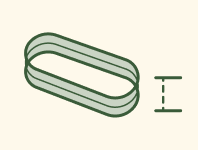
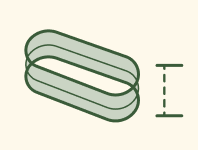
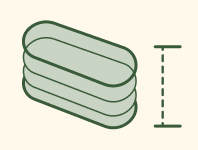
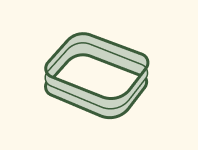
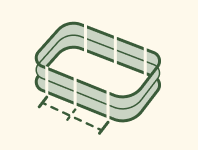
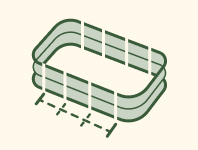
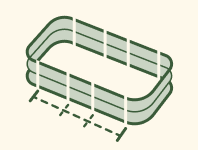
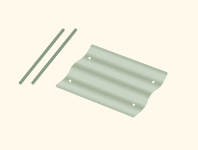




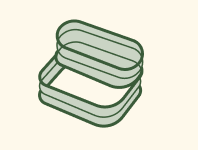
















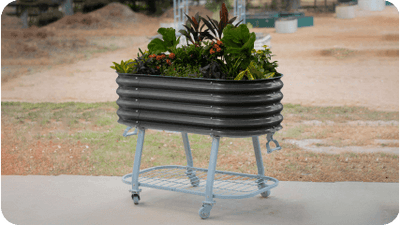









































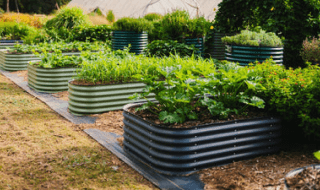
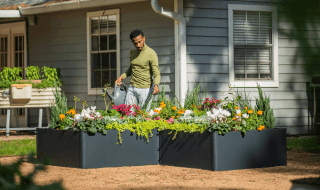
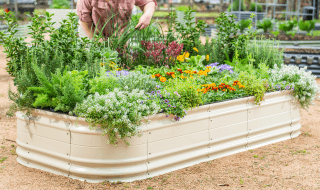
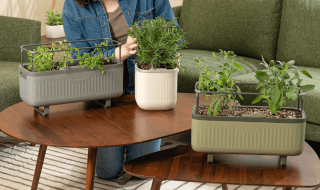
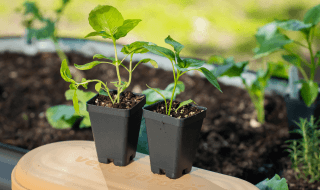
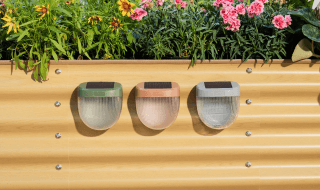
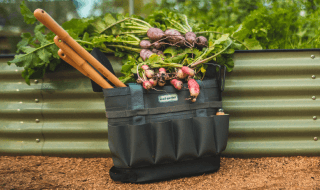
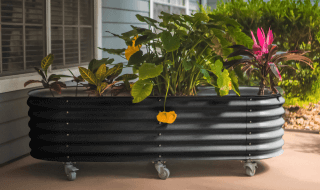


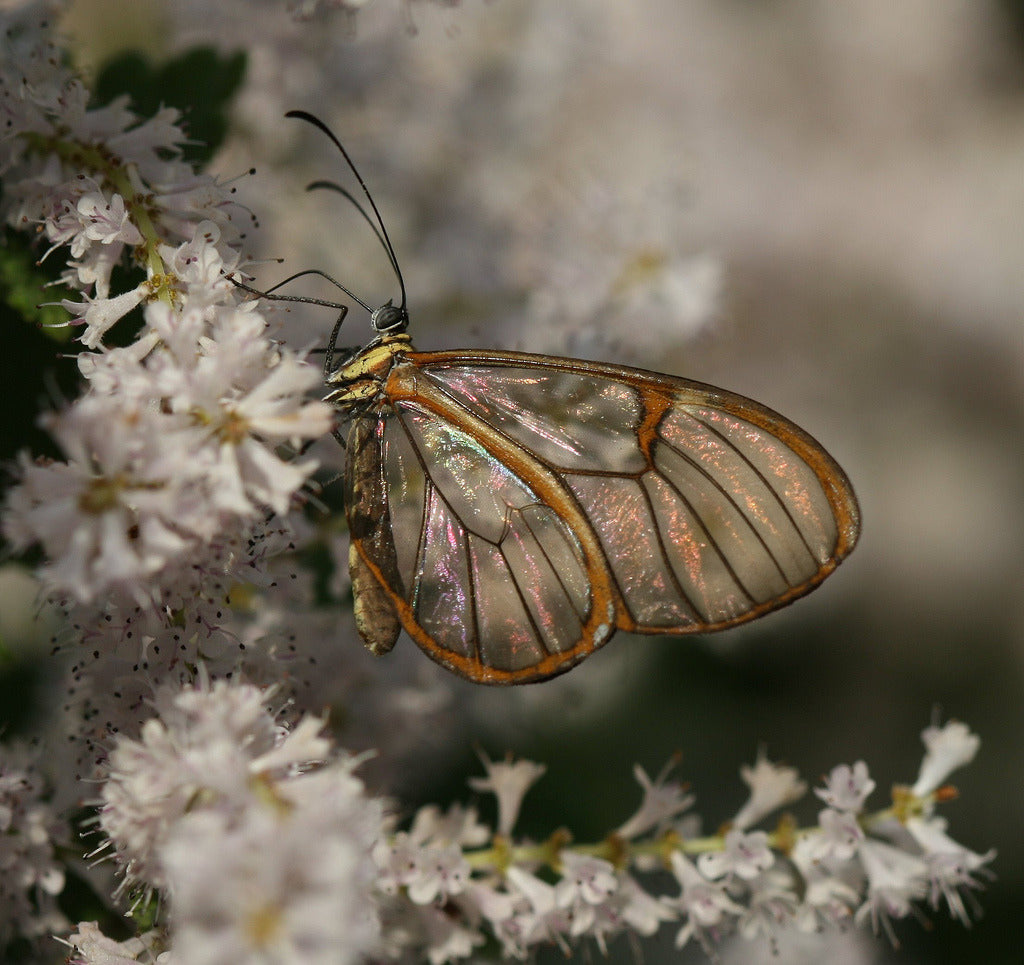




Leave a comment